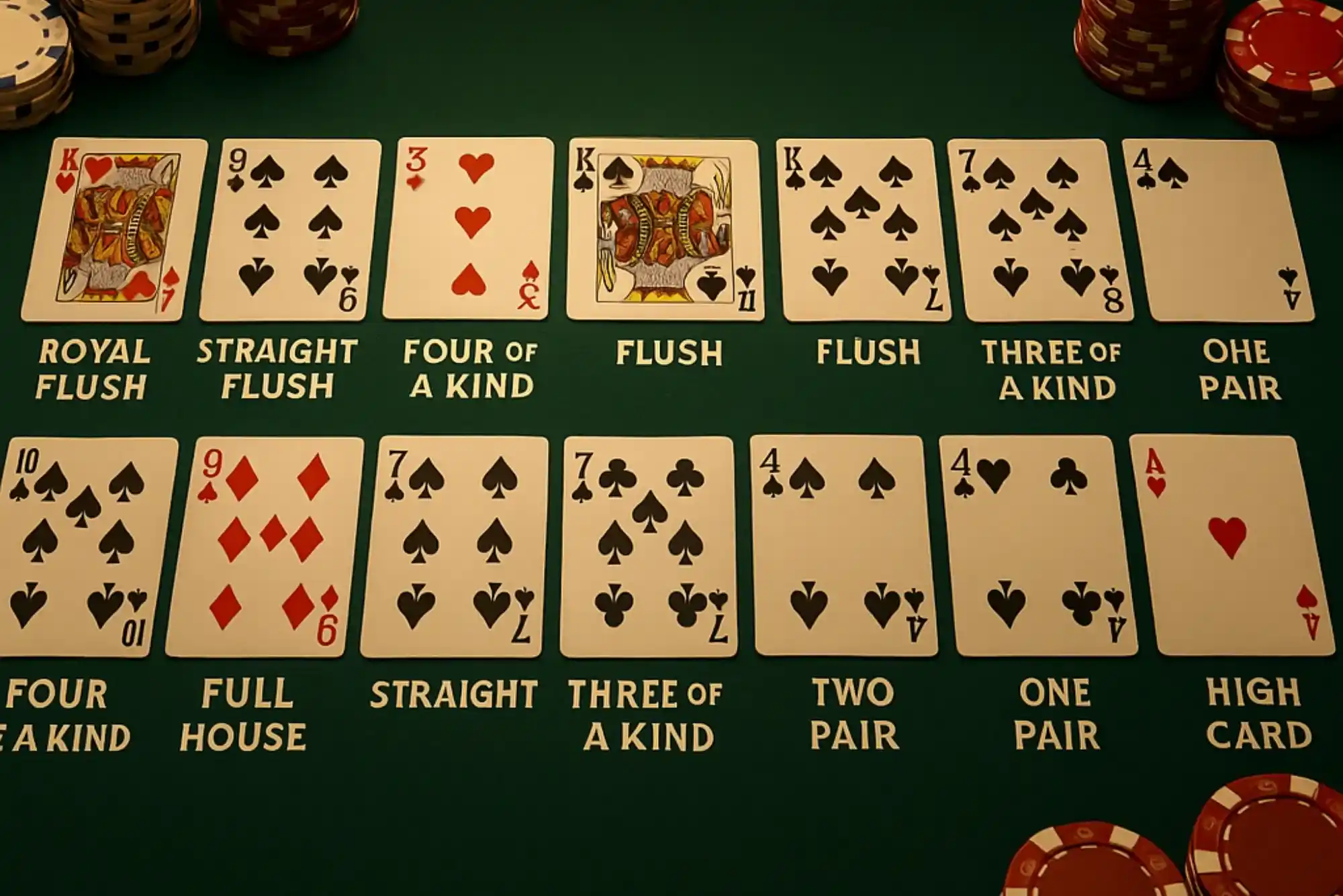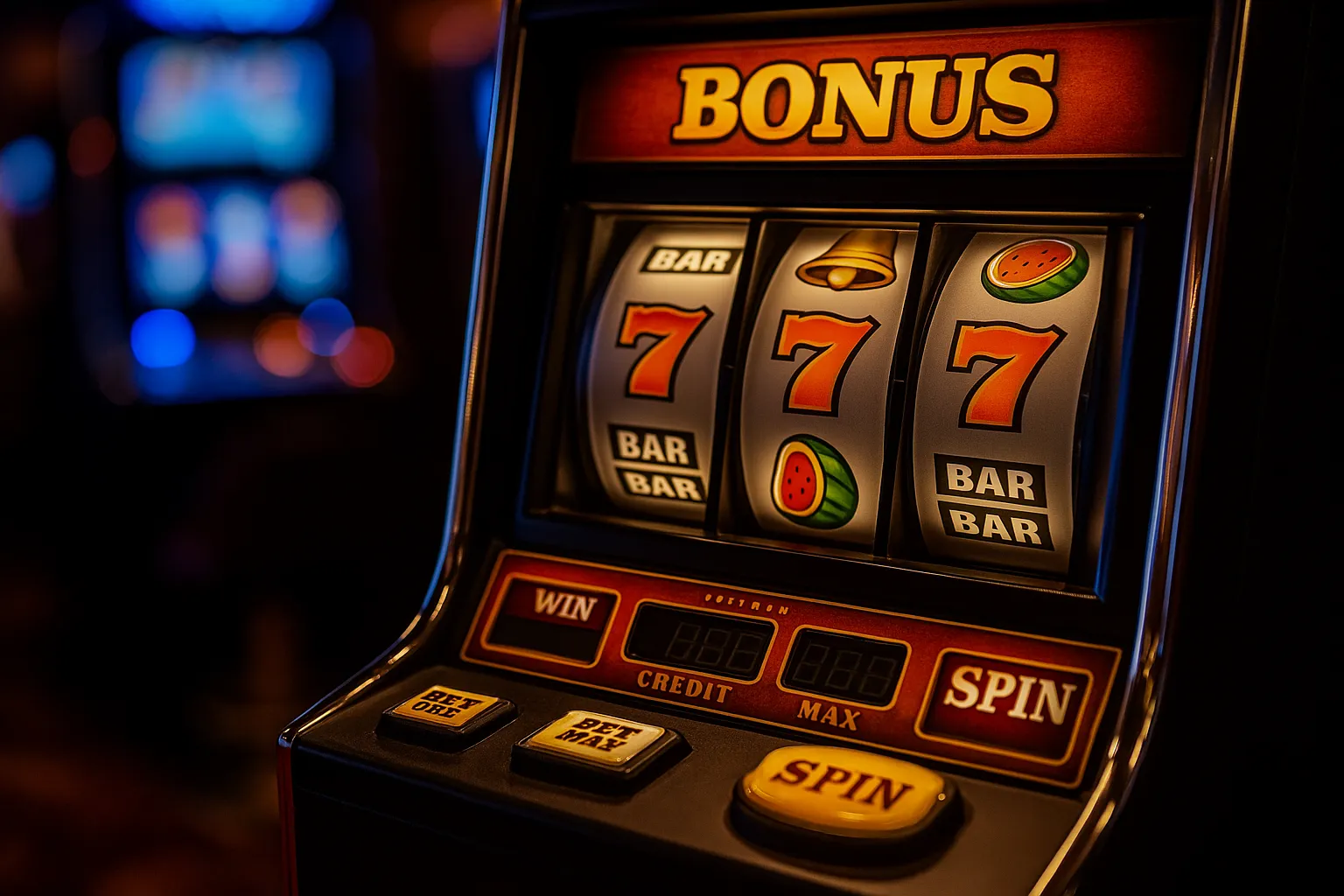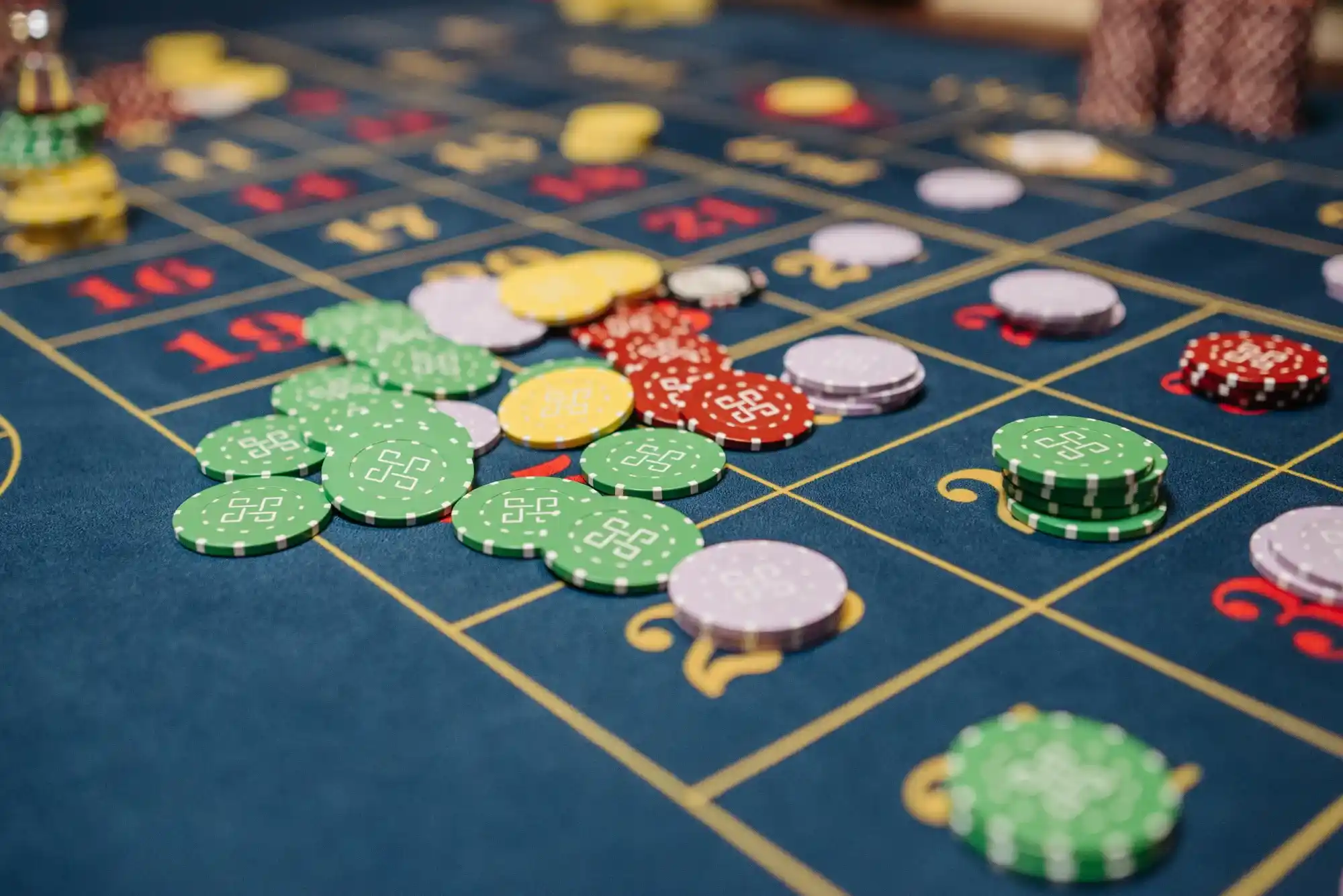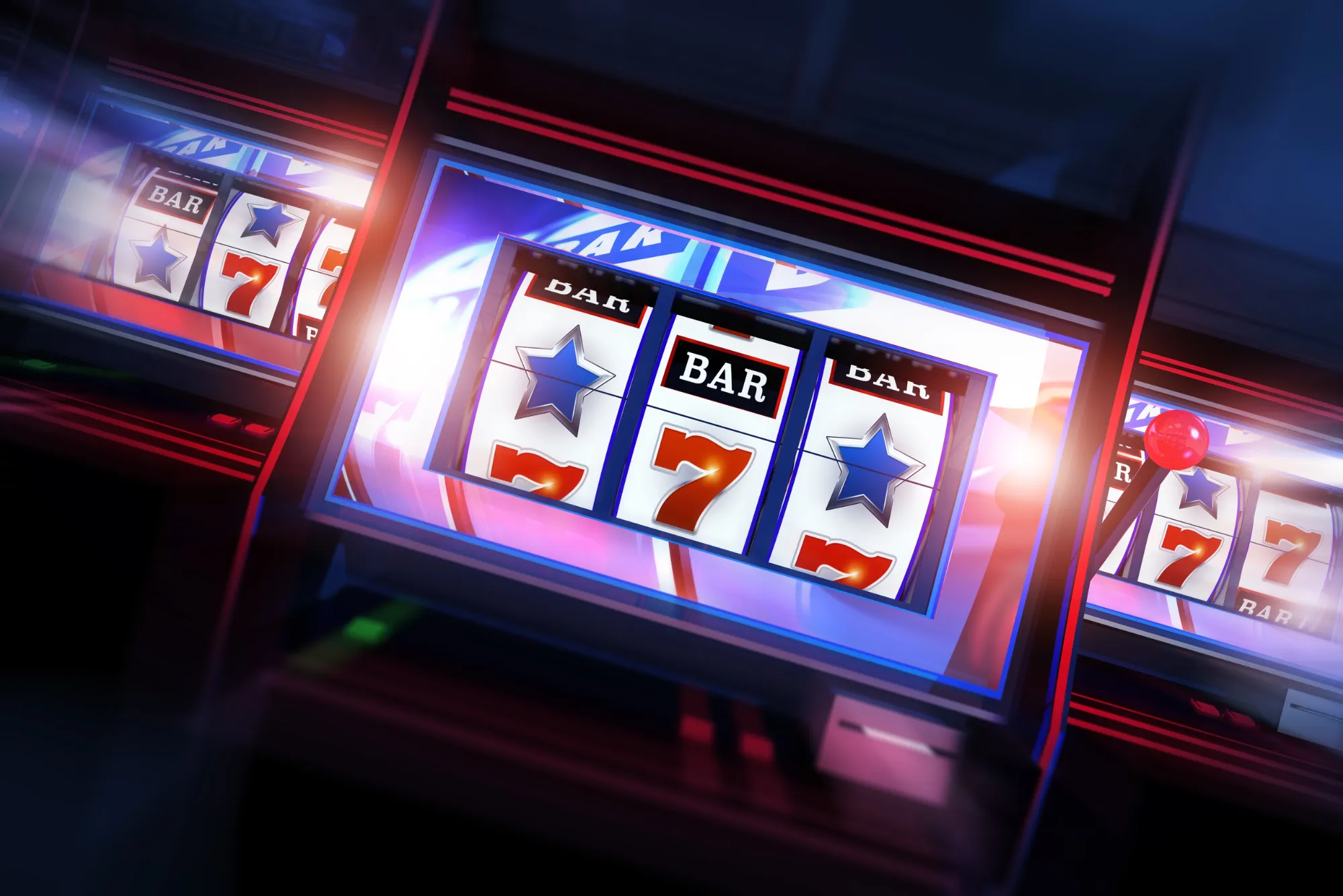Whether you’re sitting at your first home game table or logging into a high-stakes online room, understanding poker hand rankings is the cornerstone of success. Over years of playing everything from friendly Texas Hold’em nights to competitive tournament circuits, I’ve learned that the most confident players aren’t just lucky—they know exactly where their hand sits on the pecking order. In this guide, we’ll break down each standard poker hand from highest to lowest, illustrate real-world scenarios, and share insights to help you make smarter decisions.
Poker hand rankings define which five-card combination wins when hands are compared. Though variants like Omaha and Seven-Card Stud deal with more cards, the same hierarchy applies: the stronger your hand by these standards, the more likely you are to walk away a winner.
Early in my journey, I made the classic rookie mistake: mistaking a flush draw for a made hand and overcommitting my chips. That painful lesson taught me the value of precise knowledge and discipline. As you read on, you’ll see not only how hands rank, but why specific hands win more often, how to spot potential traps, and when to play aggressively or tread cautiously.
The Highest Hand: Royal Flush
At the very top sits the Royal Flush—the holy grail of poker. This consists of the Ace, King, Queen, Jack, and Ten of the same suit. No combination can beat a Royal Flush, and it’s incredibly rare: in a standard 52-card deck, your chance of being dealt a Royal Flush is just 1 in 649,740.
I remember the thrill of finally seeing a Royal on the river in an $1/$2 cash game, matching the felt’s green to a moment of pure disbelief. It wasn’t just the jackpot; it was the validation that poker can still surprise even the savviest players.
Straight Flush
Just beneath the Royal comes the Straight Flush: five sequential cards all in the same suit. Examples include 9-8-7-6-5 of hearts or 4-3-2-A-K of clubs (wrapping around the Ace). While more common than a Royal, a Straight Flush remains exceedingly rare, occurring roughly once in 72,192 hands.
Strategically, Straight Flush draws often justify big laydowns when you suspect an even higher flush or full house is possible on the flop. Learning to read board texture and opponents’ betting patterns can prevent costly errors when chasing these majestic but elusive hands.
Four of a Kind (Quads)
Four cards of the same rank—like four Queens—make up Four of a Kind. Quads beat a Straight Flush only if the Straight Flush is also a Royal, making them the third-highest category. You’re looking at odds of about 1 in 4,165 for being dealt quads.
I once flopped quad 3s in a friendly home game and watched a cautious opponent check-raise me into a huge pot, convinced I’d flopped a full house or even a Straight Flush. It served as a reminder that aggressive play with quads can pay off handsomely, but timing and your table image matter just as much as the cards you hold.
Full House
Next down the list is the Full House, which combines a Three of a Kind and a Pair—such as three Jacks and two 6s. Full Houses appear more often than quads, with odds around 1 in 694, but they still represent powerful made hands that can win big pots.
The deceptive danger with Full Houses arises on wet boards full of straight and flush possibilities. In tournaments, I’ve seen players bet strong on a full house flop, only to fold when a risky turn card lands and opponents suddenly show strength. Discipline and reading the board flow can help you navigate these tricky waters.
Flush
A Flush consists of any five cards of the same suit, regardless of sequence. For instance, a hand containing A-J-8-4-2 of spades. The odds of making a Flush in Hold’em by the river are about 1 in 508.
While it’s tempting to barrel-bluff with a strong flush draw—especially against passive opponents—I learned to temper aggression when the board shows paired cards. A paired board opens the door to Full House possibilities, so calibrate your bets to protect against costly turn and river surprises.
Straight
A Straight is five sequential cards of mixed suits, such as 10-9-8-7-6. Straights come with odds near 1 in 255, making them more common than flushes or full houses. In game theory, straights often sit at a strategic inflection point—you’re strong, but vulnerable to flushes and higher straights.
One spring, I played an online tournament final table where I rivered a straight on the worst possible board: three of a suit plus connected cards. I won a small pot but lost a big one three hands later to a rivered flush. The lesson? Consider relative hand strength in context; a straight can be your best hand or a mediocre holding depending on the suits and board texture.
Choosing the Right Platform: Finding the Best Poker Sites UK
Playing on a trustworthy site ensures fair dealing, prompt payouts, and vibrant game selection. When I shifted from live games to online play, I spent weeks testing different operators. Sites that make it easy to find full-ring games, tournaments, and Sit & Gos—while also offering secure withdrawals—rise to the top. For players in Britain, I recommend investigating the best poker sites UK, which balance generous promotions, a robust player pool, and quick file transfers so you can focus on the cards, not the cashout.
Three of a Kind (Trips/Set)
Three of a Kind, also known as trips (when you use two on the board and one in your hand) or a set (one on the board and two in your hand), ranks below a straight. Odds for flopping a set in Hold’em are about 1 in 8, making it a more frequent and reliable monster hand.
Mastering how to play sets profitably is key for low-to-mid stakes games. For example, I learned to slow-play sets on dry boards to induce overcalls from weaker draws, then extract maximum value on turn and river. However, if the board shows potential straights or flushes, shifting to a protective betting strategy can keep you ahead.
Two Pair
Two Pair consists of two cards of one rank, two cards of another rank, and one side card (the kicker), such as K-K-8-8-3. Occurring at a rate of roughly 1 in 22, Two Pair is a solid hand but highly sensitive to board development.
In cash games, I often see flopped two pair as a sweet spot to raise for value, yet wary of fast-rising pots on later streets. Tournament life is more delicate: committing with two pair on the flop can leave you crippled if your opponent hits a full house. Observing stack sizes and blind levels helps you decide whether to commit or cautiously check and call.
One Pair
One Pair is exactly what it sounds like: two cards of the same rank and three side cards, for example A-A-K-9-5. With odds near 1 in 2.4 for making a pair by the river, this is by far the most common made hand.
Despite its frequency, One Pair can win sizable pots when played with discipline. Over my career, I’ve added a systematic approach: bet my strong top pairs for value, check-call weaker ones to control pot size, and fold small pairs when facing aggression on high-risk boards. Position and opponent tendencies are crucial here—an underpair in early position often demands patience.
High Card
When no player makes at least a pair, the hand reduces to High Card: the value of your highest card. For instance, holding A-J-8-5-2 with no pair. While High Card is a losing proposition against any pair or better, it still wins a showdown if everyone else has a weaker high card.
High Card showdowns usually occur in looser games or when players chase draws. Though not a hand you plan to play, knowing when to muck or bluff with a high card can be the difference between salvaging a small pot and bleeding chips.
Applying Rankings in Different Poker Variants
These hand rankings hold true across most poker variants, from Texas Hold’em to Omaha and Stud. However, nuance arises based on game structure. In Omaha, for instance, you must use exactly two hole cards and three community cards—making it harder to complete premium hands. Stud games require observation of exposed cards, offering more information on opponents’ potential holdings.
If you want a quick reference chart, check Wikipedia’s comprehensive list of poker hands online. Each variant tweaks strategy around these rankings, but the core hierarchy remains constant.
Real-World Tips to Master Hand Recognition
Learning the hierarchy is step one; the next is rapid recognition. In live games, I started by writing out the ranking list on a small index card until I could recite it in my sleep. Online, I practiced with training apps that flash random hands and challenge you to pick the stronger one in seconds—a skill that translates into fewer mistakes under pressure.
When reviewing session histories, look for misplayed pots where superior hands folded too early or inferior hands overbet aggressively. Often, these errors stem from not internalizing the ranking order or misreading board texture. By focusing on those spots, you can quickly turn leaks into lessons.
Beyond Rankings: Reading Opponents and Board Texture
While hand strength is fundamental, top players combine it with psychological insight. A flopped straight might be strong mathematically, but if opponents show heavy aggression on a flush-possible board, you might be behind. In live poker, watching body language—like a subtle wink or a rapid chip slide—can round out your technical knowledge.
Similarly, table selection matters. Games with looser fields reward aggression even with marginal hands, while tight tables demand patience for premium combinations. Balancing your approach to the player pool and the stakes ensures you apply hand rankings smartly, not mechanically.
Practice Makes Perfect
No matter how many poker books you read, nothing beats experience. Home games, freerolls, and low-stakes online tables offer low-risk labs to test these concepts. When you see how often trip Aces hold up compared to two-pair JT, or how rarely a set on the flop survives without careful play, you’ll internalize rankings so deeply they guide your betting automatically.
Keep notes, discuss hands with friends or forums, and review hand histories regularly. Over time, you’ll find that as soon as the flop, turn, or river lands, you instinctively know where you stand—and that confidence is what turns a good player into a great one.








